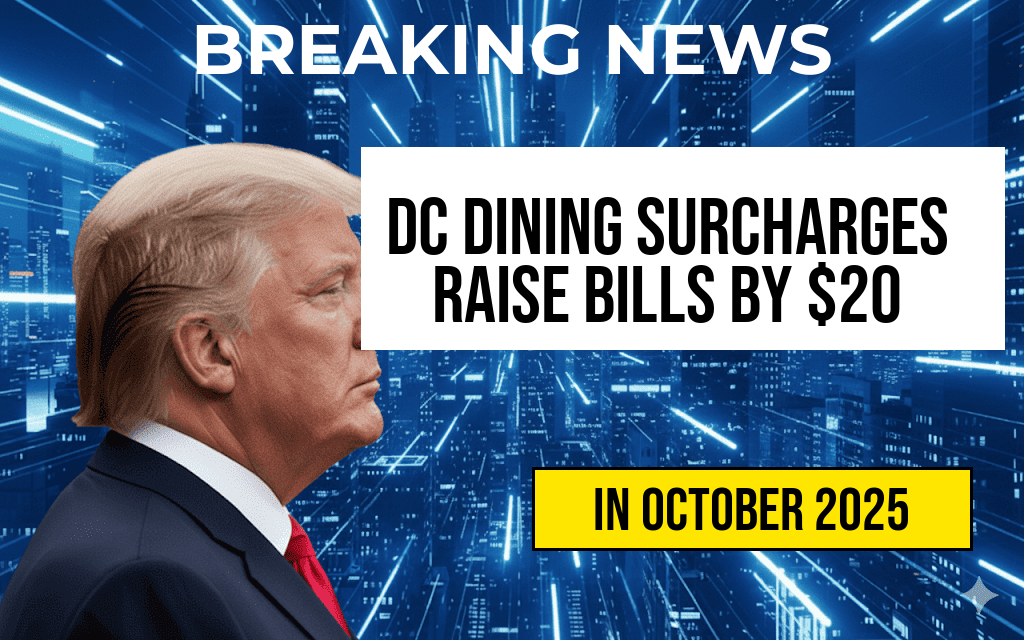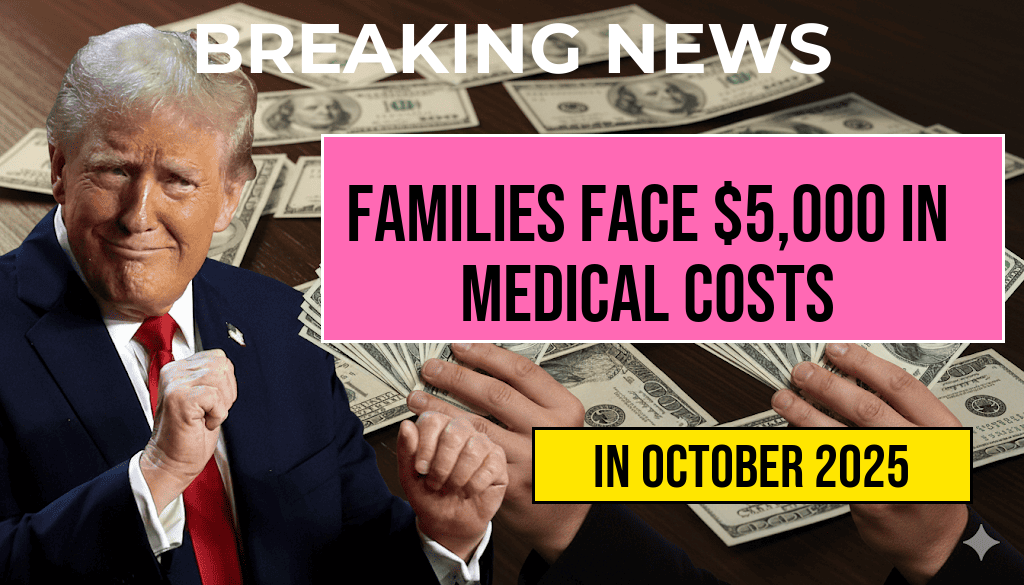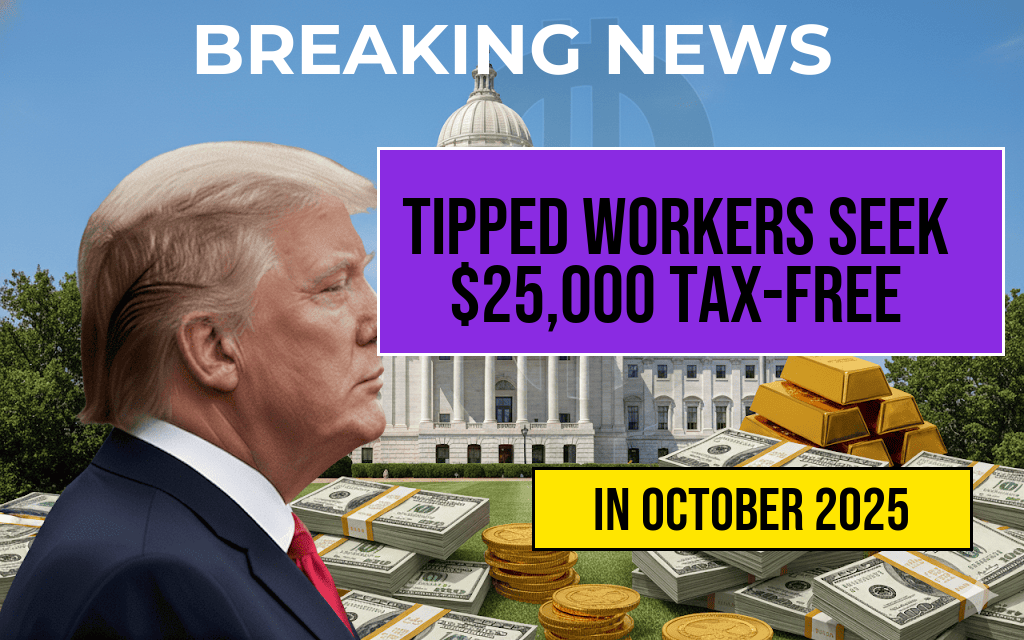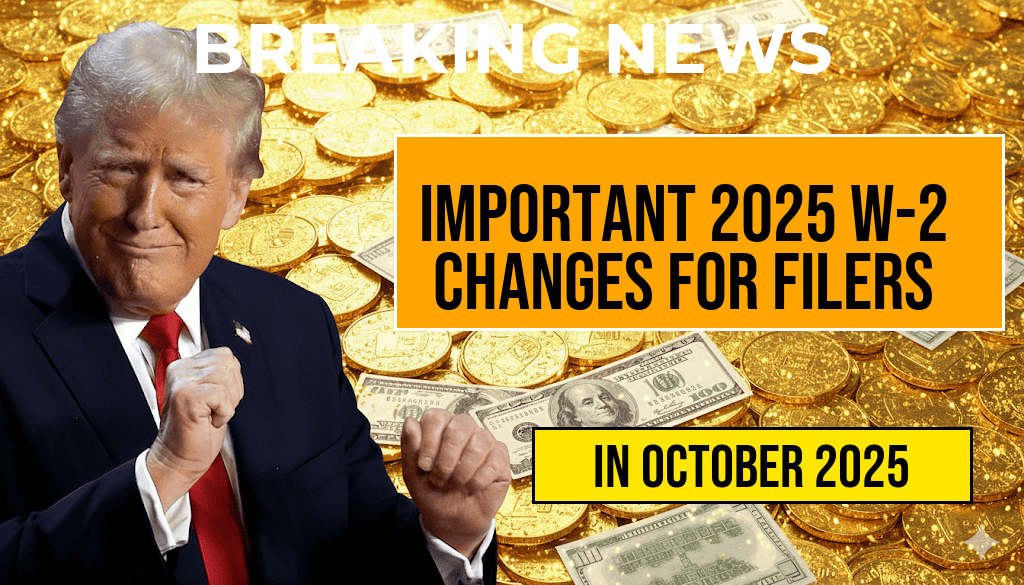Dining out in Washington, D.C. has become noticeably more expensive as a result of recent changes in wage regulations. Many restaurants are now adding surcharges to customer bills, which can increase the average check by over $20. This trend is primarily a response to the city’s new minimum wage laws designed to support workers in the service industry. As restaurants navigate these changes, diners are left to grapple with the impact on their dining experiences and budgets. From upscale eateries to casual cafes, these surcharges reflect the ongoing adjustments in the labor market and the cost of living in the nation’s capital.
The Surge in Dining Surcharges
According to recent reports, dining surcharges in D.C. have become commonplace, with many establishments adding fees ranging from 3% to 20% to cover increased labor costs. This shift comes as the city has implemented a minimum wage of $16.10 per hour in recent years, with plans for annual increases. As a result, restaurant owners are looking for ways to offset the additional expenses without sacrificing service quality or menu prices.
Understanding the Wage Rules
The District of Columbia has been proactive in establishing wage regulations that aim to provide a living wage for service workers. In 2021, the D.C. Council passed a law raising the minimum wage incrementally, which has put pressure on many restaurants to adjust their pricing strategies. The law also includes specific provisions for tipped workers, who often rely on gratuities as a significant part of their income.
- Minimum Wage Increase: The minimum wage has risen to $16.10 and will continue to increase annually.
- Tipped Workers: The minimum wage for tipped employees is set at $5.35, but they must earn at least the standard minimum wage when tips are included.
- Surcharge Implementation: Many restaurants are implementing surcharges to help cover wage increases and maintain their staffing levels.
Impact on Diners
The addition of surcharges can significantly alter the overall cost of dining out, often pushing the average check above $20 more than diners might expect. For example, a meal that typically costs $50 may now come with a $15 surcharge, bringing the total to $65 before tax and tip. This increase can lead to frustration among patrons who are accustomed to a different pricing model.
Many diners express mixed feelings about the surcharges. While there is an understanding of the need to support local workers, some patrons worry that these added costs could deter them from dining out as frequently. Additionally, customers may be uncertain about how to adjust their tipping practices in light of these surcharges.
Restaurant Responses
Restaurants across D.C. are responding to the new wage laws and customer feedback in a variety of ways. Some establishments have chosen to implement flat service charges, while others are adopting a more transparent pricing model that includes the surcharge in the menu prices. This approach aims to eliminate confusion and create a clearer understanding of what customers are paying for their meals.
Examples of Surcharge Practices
| Restaurant Type | Surcharge Percentage | Customer Feedback |
|---|---|---|
| Upscale Dining | 15% | Mixed reactions; some appreciate transparency. |
| Casual Cafés | 10% | More acceptance; many view it as a necessary adjustment. |
| Fast Casual | 5% | Generally well-received; seen as manageable. |
Looking Ahead
As the D.C. dining landscape continues to evolve, patrons can expect ongoing discussions around service charges and minimum wage laws. Advocacy groups for restaurant workers are pushing for further wage increases, which may lead to even higher surcharges in the future. Meanwhile, diners will need to adapt to this new normal while supporting local businesses and their employees.
For more information on D.C.’s minimum wage laws, visit Wikipedia or check out Forbes for insights into the effect on the restaurant industry.
Frequently Asked Questions
What are dining surcharges in Washington, DC?
Dining surcharges in Washington, DC are additional fees added to restaurant bills to cover the costs associated with wage rules and employee benefits. These surcharges help restaurants manage the financial impact of local minimum wage increases and other labor regulations.
How much do dining surcharges increase the average check?
Recent studies indicate that dining surcharges can increase the average restaurant check by over $20. This additional cost is primarily a reflection of the rising expenses restaurants face due to wage regulations.
Why are dining surcharges becoming more common?
With the implementation of stricter wage rules and increased minimum wage rates, many restaurants in DC are adopting dining surcharges as a way to mitigate the financial burden and maintain their operations.
Are customers aware of these surcharges?
Many customers may not be fully aware of dining surcharges and their impact on the final bill. However, awareness is gradually increasing as more restaurants communicate these charges on their menus and receipts.
How can I find out if a restaurant has a dining surcharge?
To find out if a restaurant has a dining surcharge, check their menu or ask the staff before ordering. Many establishments are now required to disclose this information upfront to ensure transparency regarding wage rules and additional charges.






